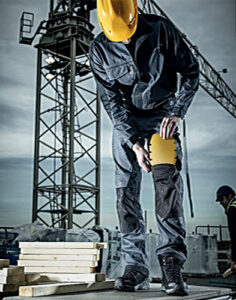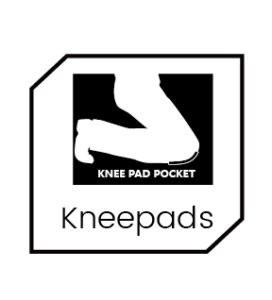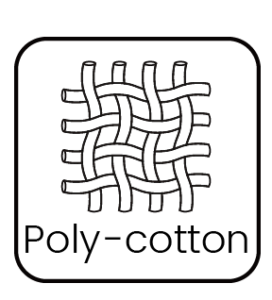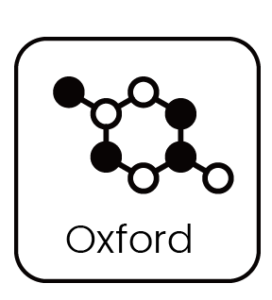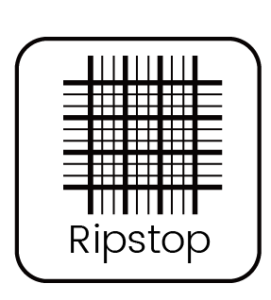A Comprehensive Guide: How to Attach Logos to Workwear
Attaching logos to workwear is a crucial step in branding your garments and creating a cohesive and professional image for your business. There are various methods available, each with its advantages and considerations. In this article, we will explore in detail how to attach logos to workwear, providing you with the necessary information to make an informed decision for your branding needs.
Embroidery: Embroidery is a popular and durable method for attaching logos to workwear. It involves stitching the logo onto the fabric using specialized embroidery machines. This technique provides a polished and professional look and is suitable for various types of workwear materials. Embroidery is especially ideal for fabrics like cotton, polyester, and blends. The process begins by digitizing the logo design into a digital file that the embroidery machine can read. The design is then stitched onto the workwear using colored threads. The result is a raised and textured logo that is long-lasting and resistant to wear and washing. Embroidery offers a high-quality finish, particularly for logos with intricate details or small text.
Heat Transfer: Heat transfer is another popular method for attaching logos to workwear. It involves applying a printed logo to the fabric using heat and pressure. The logo is typically printed onto a special transfer paper or vinyl material and then transferred to the workwear using a heat press machine. Heat transfer is a versatile option and works well on fabrics like polyester and cotton. The process begins by printing the logo onto the transfer material using a compatible printer and ink. The printed design is then placed onto the workwear and heat is applied using a heat press machine. The heat activates the adhesive on the transfer material, causing it to bond with the fabric. Heat transfer provides vibrant and detailed logos with a smooth finish. However, it’s important to note that heat transfer may not be as durable as other methods and can be susceptible to peeling or cracking over time.
Screen Printing: Screen printing is a popular method for attaching logos to workwear, especially when dealing with large quantities. It involves creating a stencil of the logo and then using a screen to transfer ink onto the fabric. This technique is suitable for fabrics like cotton, polyester, and blends. Screen printing offers excellent color saturation and can produce vibrant and long-lasting logos. The process begins by preparing the screen with the logo stencil. The ink is then applied to the screen, and a squeegee is used to push the ink through the screen and onto the workwear fabric. Multiple screens may be used for designs with multiple colors. Once the ink is applied, it is cured using heat to ensure durability. Screen printing is ideal for logos with solid colors or bold designs and provides a cost-effective option for bulk orders.
Direct Embellishment: Some workwear materials, such as leather or vinyl, can be directly embellished with logos using methods like debossing or embossing. Debossing involves creating a depressed design by pressing the logo into the material, while embossing creates a raised design by pushing the logo out from the back of the material. These methods add a premium and sophisticated touch to the workwear. The process typically requires specialized equipment, such as embossing machines or heat presses, depending on the material and desired effect. Direct embellishment is particularly suited for materials like leather jackets, belts, or bags. It provides a unique and stylish way to showcase your logo, creating a high-end and personalized look.
Sewing Patches: Sewing patches with the logo onto the workwear is another option for logo attachment. Patches are typically made of fabric with the logo embroidered or printed on them. They can be sewn onto the garment using a sewing machine or by hand. Sewing patches offer flexibility, as they can be easily adjusted or replaced if needed. This method is especially useful when you want the option to remove or interchange the logo on different garments. Sewing patches can be applied to various workwear items such as uniforms, jackets, or hats.
Badges and Pins: Workwear logos can also be created as badges or pins that can be attached to garments using a pin or clip mechanism. This method provides a removable and versatile logo attachment option. Badges and pins can be made of various materials, such as metal, plastic, or fabric. They offer the flexibility to position the logo in different locations on the workwear and allow for easy removal or repositioning. This method is particularly popular for promotional events or situations where logo placement needs to be adjustable.
Sewn-In Labels: An alternative way to attach logos to workwear is by incorporating them into sewn-in labels. These labels are typically placed inside the garment, such as on the collar or side seam. They can feature the logo, brand name, care instructions, and other relevant information. Sewn-in labels provide a subtle and professional branding element without altering the exterior of the workwear. This method is commonly used in industries where discretion or minimal logo visibility is desired.
When deciding on the most suitable method for attaching logos to workwear, consider the fabric type, durability requirements, budget constraints, and desired aesthetic. It’s essential to follow any guidelines or regulations provided by the manufacturer or industry standards regarding logo placement. Additionally, it’s always advisable to test the chosen method on a sample garment or consult with a professional to ensure the best results.
A Comprehensive Guide: How to Attach Logos to Workwear Read More »

